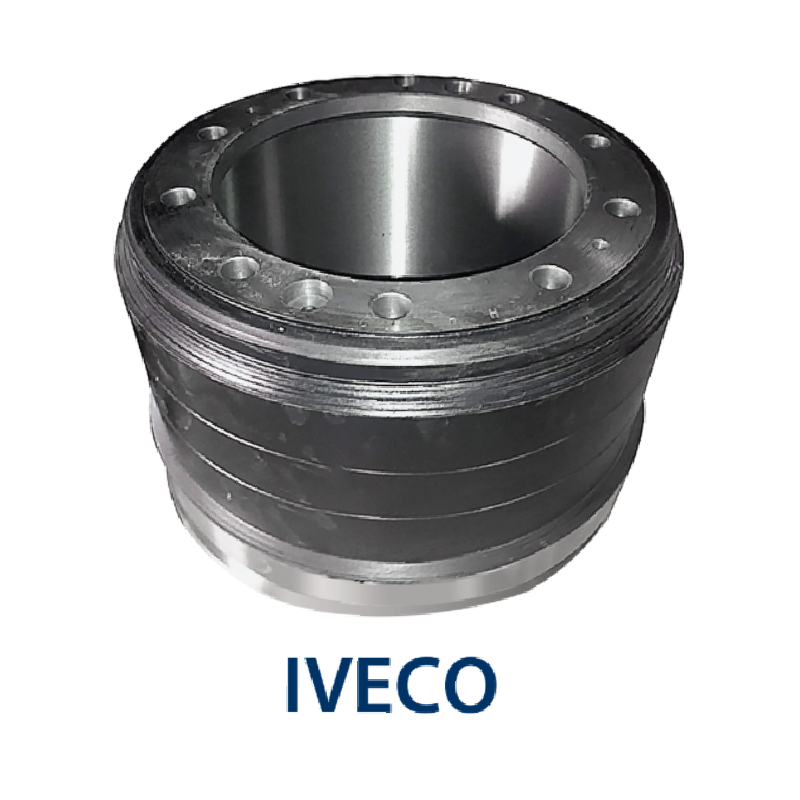Nov . 11, 2024 17:33 Back to list
how to remove brake drums
How to Remove Brake Drums A Step-by-Step Guide
Removing brake drums is an essential skill for anyone interested in automotive maintenance. Whether you're looking to replace old drums or inspect the brake shoes, this task can be completed with some basic tools and safety precautions. This guide will walk you through the steps to safely and effectively remove brake drums from your vehicle.
Tools Needed
Before you begin, gather the following tools and materials
- Socket set - Wrenches - Brake drum puller (optional, but helpful) - Screwdrivers - Hammer - Jack and jack stands - Safety goggles - Dust mask
Step 1 Prepare the Vehicle
1. Safety First Ensure you wear safety goggles and a dust mask to protect yourself from debris and dust. 2. Park the Vehicle Park the car on a flat, hard surface and engage the parking brake to prevent any movement.
3. Loosen the Lug Nuts Using a wrench or socket, slightly loosen (do not remove) the lug nuts on both rear wheels (or front wheels if you're working on front brakes).
4. Lift the Vehicle Using a jack, lift the vehicle and secure it with jack stands to prevent it from falling while you work.
Step 2 Remove Wheels
1. Take Off the Wheels Now that the car is securely elevated, remove the lug nuts completely and take off the wheels to expose the brake drums.
Step 3 Inspect Brake Components (Optional)
Before proceeding to remove the brake drums, it is a good idea to inspect the brake shoes and other components for wear and damage
.Step 4 Removing the Brake Drum
1. Check for Retaining Screws Some brake drums are held in place with retaining screws. If you see any, remove them with a screwdriver.
2. Inspect for Rust If the drum looks rusty or stuck, gently tap around the edge with a hammer to break the bond.
how to remove brake drums

3. Use a Brake Drum Puller If the drum does not come off easily, a brake drum puller can be extremely helpful. Attach the puller’s arms to the drum and turn the central screw to pull the drum away from the wheel hub.
4. Gently Wiggle the Drum Sometimes, simply wiggling the drum while applying outward pressure can help loosen it. Make sure to do this carefully to avoid damaging other components.
Step 5 Remove the Brake Drum
Once the drum is released
1. Remove the Drum Pull the drum straight off the hub, ensuring that it doesn't snag on any brake shoes or other parts.
2. Inspect the Brake Shoes Once the drum is removed, take a moment to check the brake shoes and other components for wear or damage. This is also a good time to clean any accumulated brake dust with a brush and vacuum.
Step 6 Install New Drums (if applicable)
If you're replacing the brake drums, follow these steps in reverse
1. Place the New Drum Align the new drum over the brake shoes and slide it onto the hub.
2. Secure with Screws If applicable, reinsert any retaining screws to hold the drum in place.
3. Reinstall the Wheel Place the wheel back on and hand-tighten the lug nuts.
4. Lower the Vehicle Remove the jack stands and lower the vehicle back to the ground.
5. Final Tightening Once the vehicle is on the ground, fully tighten the lug nuts in a star pattern for even distribution.
Conclusion
Removing brake drums is a straightforward process that can be accomplished with the right tools and precautions. Always remember to prioritize safety by using protective equipment and ensuring that the vehicle is stable while you work. Regular maintenance of your brakes not only extends their life but also ensures your safety on the road. If at any point you feel uncertain about the process, don't hesitate to consult a professional mechanic. Happy working!
-
Your Brake Drum Man: Premium & Reliable Brake Drums for Sale
NewsAug.18,2025
-
ROR Web Development: Build Fast, Scalable, Secure Apps
NewsAug.17,2025
-
Scania Brake Drums: OEM Quality for Optimal Safety & Durability
NewsAug.16,2025
-
R.V.I: Advanced Remote Visual Inspection for Precision
NewsAug.15,2025
-
Discover HYUNDA: Innovative Vehicles, Equipment & Solutions
NewsAug.14,2025
-
R.V.I: Unlock Advanced Insights & Real-time Performance
NewsAug.13,2025
